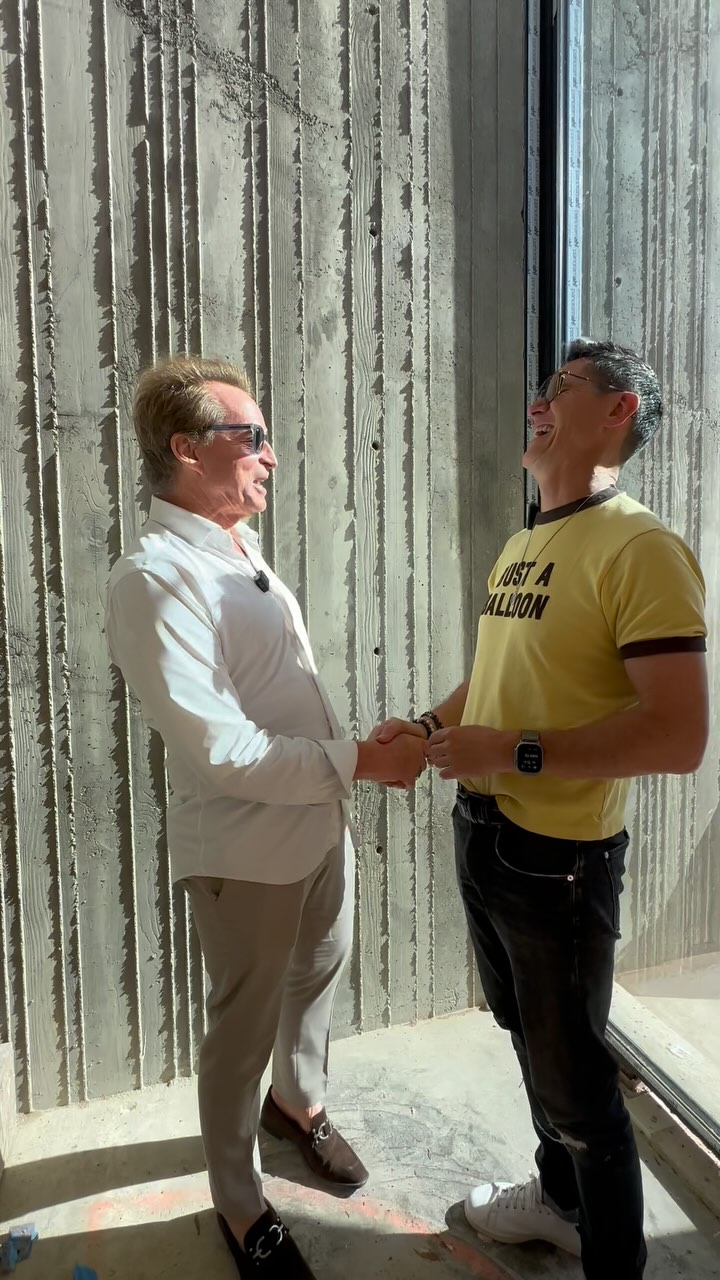OCMA’s next season will explore how identity and cultural legacy can impact how we see the world
By Jennifer Condas
Have you ever wondered what it would be like to view the world through the eyes of another? And that this new way of seeing may provide an entirely different way of assessing the spaces we live in? Well, wonder no more, because one of OCMA Expand’s exciting new exhibitions in Season 4 will invite guests to imagine entering the mind of an ogre, a creature in fairy tales and legends that has often embodied the idea of “otherness,” a theme explored throughout OCMA’s Season 4 show.
Have you ever wondered what it would be like to view the world through the eyes of another? And that this new way of seeing may provide an entirely different way of assessing the spaces we live in? Well, wonder no more, because one of OCMA Expand’s exciting new exhibitions in Season 4 will invite guests to imagine entering the mind of an ogre, a creature in fairy tales and legends that has often embodied the idea of “otherness,” a theme explored throughout OCMA’s Season 4 show.
By having the opportunity to envision “becoming” a monster, visitors can navigate the ogre’s movement through video, sculpture, and sound, creating a multisensory environment, traversing a digital world that exists beyond museum walls. While guiding the ogre through a virtual landscape, guests simultaneously “hear” the ogre’s inner voice, which changes throughout the span of the exhibition, to simulate the ogre’s changing state of mind. The installation, entitled “The Harpist in the Ogre’s Mind,” is presented by the art collective ASMA, and focuses on themes of difference and otherness, most often drawing inspiration from folk tales and legends.
The concept of otherness is one of several complex and important themes explored in OCMA Expand’s Season 4. Originally scheduled to debut on April 18 and currently delayed, the new season will feature seven exhibitions that display the work of an exciting range of Pacific Rim artists including the artist duo of Matias Armendaris and Hanya Belia (ASMA) (Ecuador/Mexico), Marisa Alexander-Clarke (Chile/Altadena), Carolyn Castaño (Columbia/L.A.), Alexandra Grant (L.A.), Noé Martínez (Mexico), Maryrose Cobarrubias Mendoza (Philippines/L.A.), and Kyungmi Shin (South Korea/L.A.). Many of these artists explore cultural histories, using text, language, and narratives—both personal and mythological—to consider the complexity of identity, including the impact of colonialism and immigration.
“Amidst the worldwide coronavirus crisis dominating our consciousness, our new exhibitions feel especially timely and meaningful,” says Todd D. Smith, OCMA’s director and CEO. “As the people of the world have simultaneously experienced the same threat, it is fitting for OCMA to present these exhibitions that offer opportunities to consider ourselves as global citizens, especially in response to ideas about immigration, otherness, and ultimately, love.”
Storytelling, some of which is intimate and deeply personal, is also incorporated in much of the work shown. All seven exhibitions in Season 4 are intriguing, thought-provoking and diverse, challenging museum guests to engage with art in a new and distinct way.
Innovation abounds in Filipino-American artist Maryrose Cobarrubias Mendoza’s “Navigating Technics,” in which she plays with size and scale, altering everyday items (from a crayon enlarged to her own height, to lined—but intentionally left blank—binder paper that she has folded and crafted into a human-sized paper toy boat) and uses them as vehicles to unlock post-colonial narratives.
Kyungmi Shin’s photocollages and porcelain busts in “Father Crosses the Ocean” help to explore the influence of Eastern philosophy on Western culture, while Carolyn Castaño’s “Cali es Cali” traces the trajectory of her family from Cali, Colombia to Los Angeles, incorporating the photographic archive of her father into her large-scale landscape drawings displayed with other potent and personal mementos.
Noé Martínez’s “The Homeland of Images” confronts Mexico’s colonial past using powerful drawings and sculptures as well as poetry, stories and song lyrics, all to emphasize a transformation of identity that is simultaneously about learning and forgetting the past.
In “Ojos Profundos,” Marisa Alexander-Clarke’s multimedia installations include choral music to create a meditative experience of images and sound meant to explore cultural identity.
“I was born to love, not to hate,” from Sophocles’ play Antigone, informs much of Alexandra Grant’s work, including her exhibition for OCMA, “Telepathy is One Step Further than Empathy.” Grant’s exhibition considers what love is and how it can be used to resist privileging one entity over another. Her large-scale works on paper and mixed-media interconnect with the philanthropic grantLOVE project, founded by Grant in 2008. The installation of a pop-up shop in OCMA Expand’s lobby will feature grantLOVE apparel, prints, and other products and all sales proceeds benefit the museum’s acquisition fund to acquire artwork produced by women and people of color.
Season 4 at OCMA Expand was curated by OCMA Senior Curator Cassandra Coblentz with guest curators Ruth Estevez and Ricardo J. Reyes, PhD. Once installed and the museum is reopened, it will be on view through January 3, 2021.
Orange County Museum of Art
South Coast Plaza Village
1661 W. Sunflower Ave.
Santa Ana
714.780.2186
ocmaexpand.org

ASMA, installation detail of Half Blood Princess at Peana (Monterrey, México)
featuring La gran esfinge morada, 2019; courtesy of the artist; photo: PEANA. © ASMA
ASMA, The Nymph by the Window, 2019; courtesy of the artist and Make Room; photo: Yubo Dong. © ASMA 
ASMA, Soft Wax Night, 2019; courtesy of the artist; photo: PEANA. © ASMA 
Carolyn Castaño, detail image of Dad Archive 1, Estudio Calimagraphics, 2020; courtesy of the artist; © Carolyn Castaño 
Kyungmi Shin, A Priest & a Merchant Sails to the East, 2019; and Portrait, Father Crosses the Ocean, 2019; courtesy of the artist; © Kyungmi Shin 
Carolyn Castaño, Mochila Interruption, Magenta, 2017; courtesy of the artist; © Carolyn Castaño 
Marsia Alexander-Clarke, still image from OJOS PROFUNDOS, 2020; courtesy of the artist. © Marsia Alexander-Clarke 
Noé Martínez, El intruso, 2019; courtesy of the artist and PARQUE Galería; © Noé Martínez 
Alexandra Grant, She Said to Creon (2), 2018; courtesy of the artist and Ochi Gallery, Los Angeles. ©Alexandra Grant








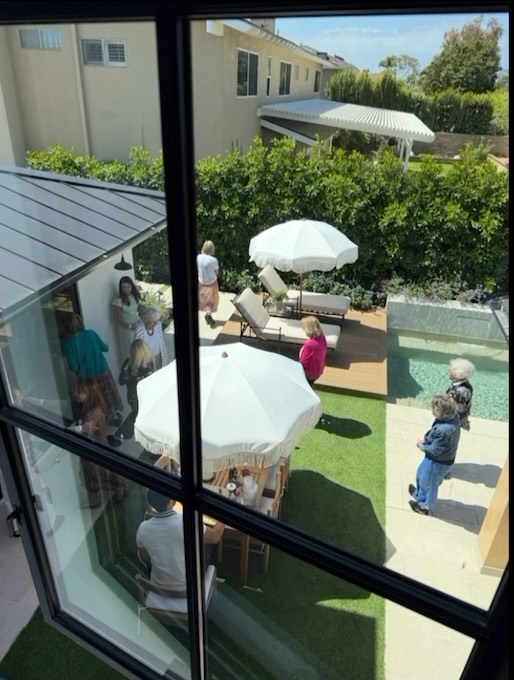
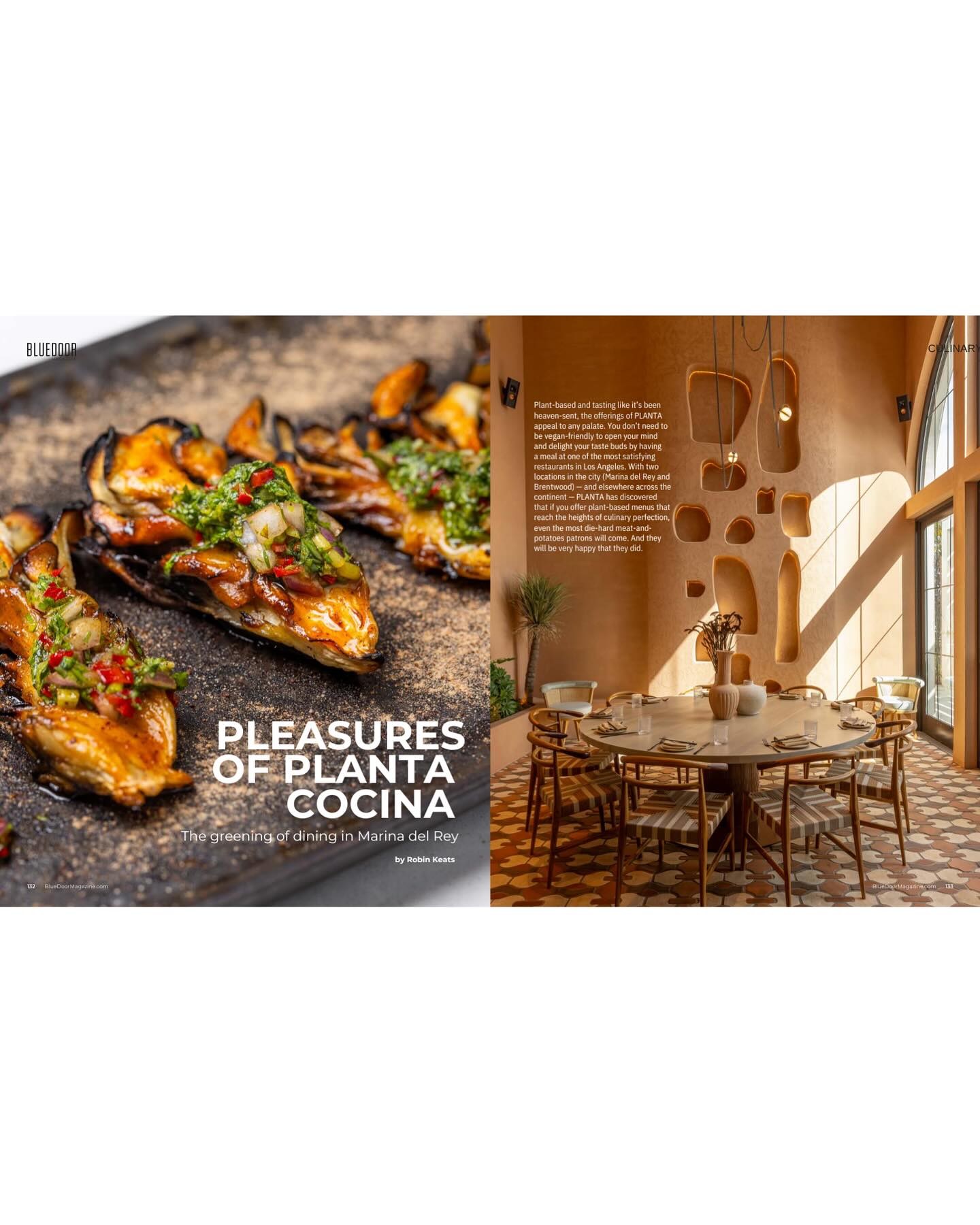



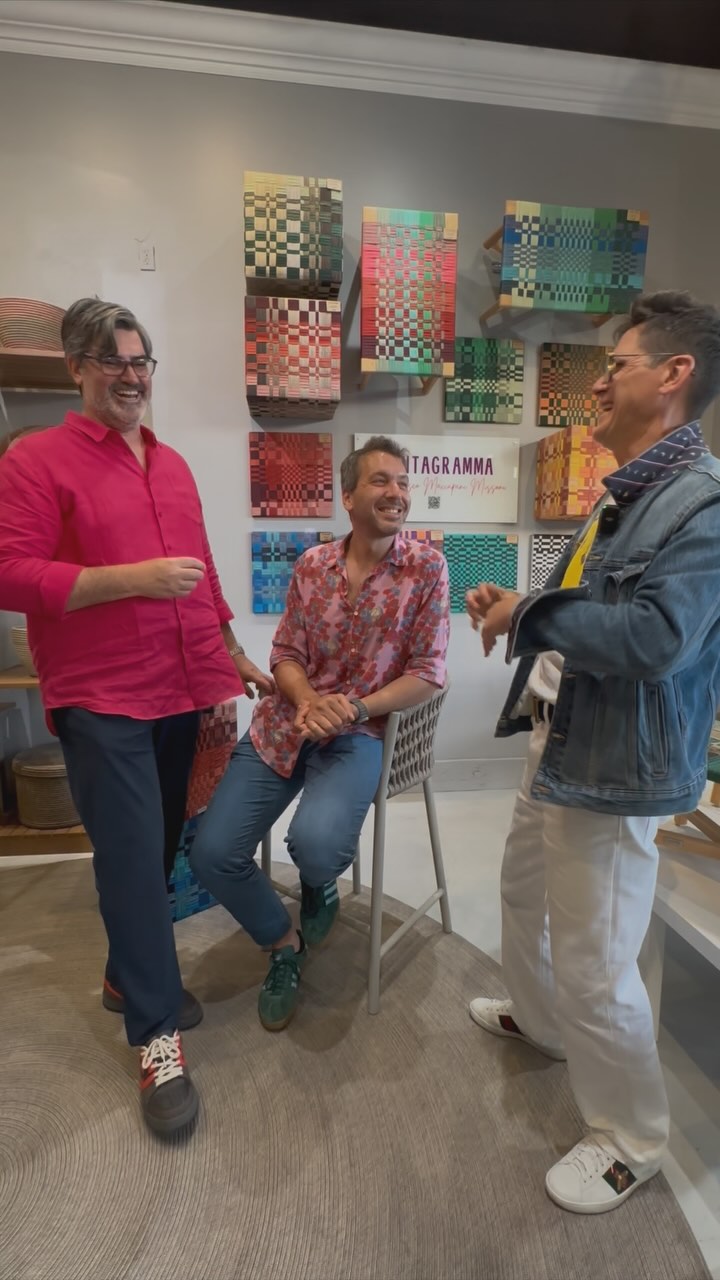
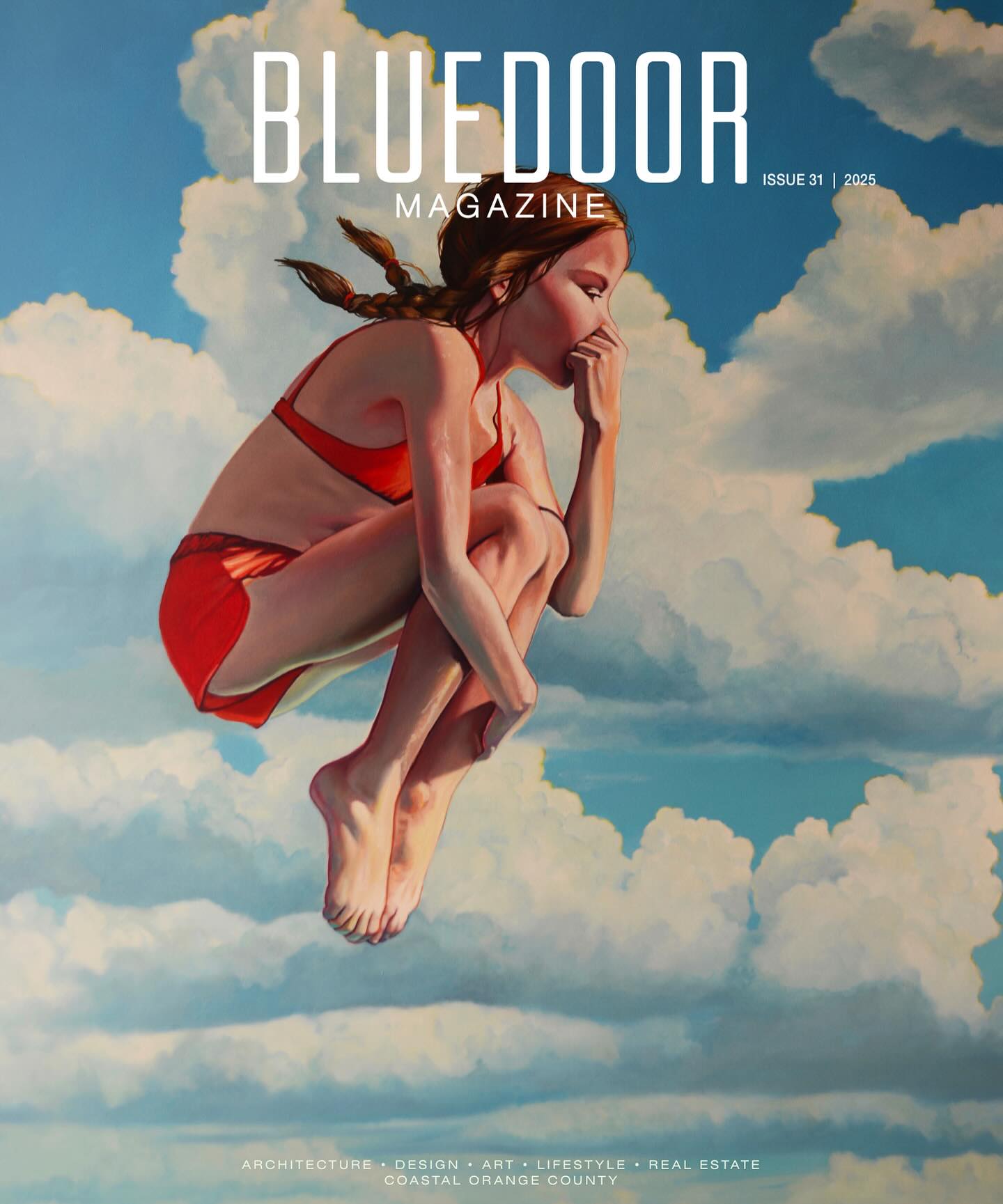
![🎨✨ Color meets creativity at the coast ✨🎨
Join Bloor Door Magazine and Tidelli Outdoor Living @tidellioutdoor for an unforgettable evening with Francesco Maccapani Missoni @fmaccapani , the visionary behind the Pentagramma Collection.
📍 Tidelli Outdoor Living - Orange County
7876 East Coast Highway Newport Beach, CA 92657
🗓 Wednesday, May 21 | 🕕 6–7:30 PM (Doors at 5:30)
Expect:
🌈 A deep dive into the art of combining color
🎤 Live talk + Q&A with Francesco
👀 Behind-the-scenes of the Pentagramma Collection
🍸 Light bites + good vibes
Come get inspired by bold rope hues, timeless design, and Italian soul.
🎟 RSVP now → [link in bio]
#Missoni #TidelliOutdoorLiving #BloorDoorMagazine #DesignEvent #FrancescoMissoni #ColorStory #NewportBeachEvents #InteriorInspo #DesignTalks](https://bluedoormagazine.com/wp-content/uploads/2024/03/499443917_18279427363301802_778893880365426415_n.jpg)
